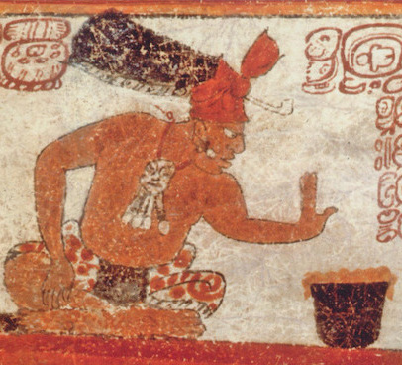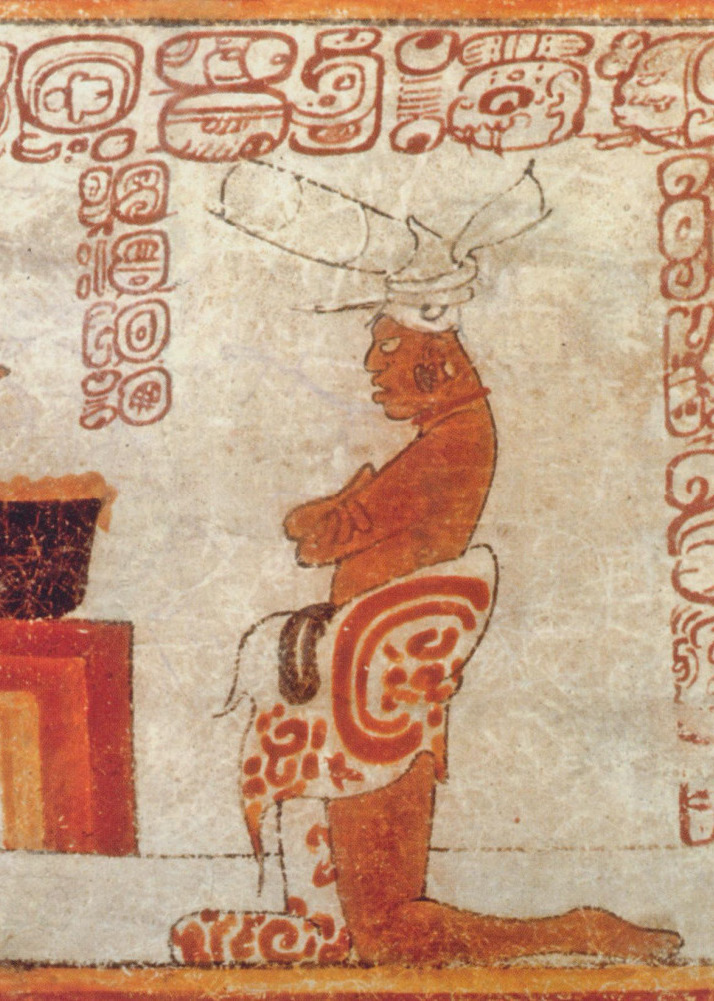HISTORY IS CHOC FULL OF INDULGENCE
Indulgence is a tradition that dates back to the beginning of human history, that has been rediscovered as many times as it has been lost.
TAYLOR CONNELL
Indulgence is a tradition that dates back to the beginning of human history, that has been rediscovered as many times as it has been lost. All over the world, from the sweet and savoury to the rich and bitter, food has been used for celebration, trade and ritual consumption by every culture. The history of indulgence, of reward through food, is the history of society.
People have had a sweet tooth for as long as history has been recorded. Our preference for sweets has been baked into the human genome by evolution; sweet foods are a source of energy and activate pleasure sensors in the brain. This is a clinical and scientific way of saying that which we all know; candy is delicious.
There are three main historical sources for the sweet foods and confectioneries that we take for granted today; the apiaries popularised by Ancient Egypt, the sugarcane reeds that were farmed in Ancient India, and the cacao trees of Mesoamerica. The history of indulgence is the history of civilisation and tracing it back to its roots will lead you all over the world.
The domestication of honey bees to produce honey dates back to at least 6000 BCE, as depicted by a rock painting in Valencia, Spain. For longer than recorded history, people all over Europe and Africa understood that the hives of wild bees contained a delicious treat for those who were brave enough to harvest it.
Large-scale honey production was pioneered by the Ancient Egyptians in approximately 2500 BCE, who used it to make sweet cakes and as an ingredient in skin balms. Bees were often kept by priests at temples so that honey could be used to create temple offerings or to aid in mummification. It was also used by the people of many regions to make mead: a practice that some believe dates back all the way to 40,000 BCE—though this is unproven. Mead is the ancestor of wine, and in addition to the recreational uses that persist to this day, it was used both ceremonially and as funerary offerings. The Egyptians believed that they could bring anything they were buried with into the afterlife and they loved their sweet honey too much to let a little thing like death part them from it.
For much of history, honey was the sole sweetener used by the European and African regions, but that changed when they came into contact with India and the sugarcane reeds that the Indians had been cultivating since 4000 BCE.
Sugarcane is the source of most modern sugar. By boiling the sap of the reeds, raw, unrefined sugar— classically known as sharkara or ‘jaggery’—can be extracted. Jaggery is still produced today as a healthier alternative to refined sugar and used commonly in confectionary all over Asia. Indeed, the medicinal properties of sharkara were one of the biggest reasons that it rose to prominence in Ancient India—it boosts digestion and improves the immune system.
‘People all over Europe and Africa understood that the hives of wild bees contained a delicious treat for those who were brave enough to harvest it.’
There is a distinct difference between jaggery, brown sugar and white sugar in the modern day; white sugar is refined using chemical processes, while brown sugar is merely white sugar with the molasses that were removed during refinement mixed back into it. Jaggery, conversely, has more nutrients than refined sugar—though, all three are equally bad for your waistline, so don’t take this as an excuse to fill up on candy made from jaggery.
‘It was believed that this blessed beverage would give strength to those who drank it.’
The ‘reeds that produce honey without bees’ were introduced to Persia in 600–400 BCE and from there it spread through the Hellenes and eventually all of Europe. Exactly who accomplished this is up for debate and has variously been attributed to Darius III, Seneca, and the cohort of Alexander the Great.
Any discussion of ancient indulgences would be incomplete without addressing the Mesoamerican origins of chocolate, in the region that is now known as Mexico. Mexico City was historically known as Tenochtitlan, the capital of the Aztec Empire. However, you might be surprised to learn that for all that chocolate has become synonymous with sweet food in modern times, the Aztec cacao bean is not inherently sweet.
It was originally used by the Aztec civilisation and their predecessors in Mesoamerica to brew a bitter drink called xocolatl, which is the root word of ‘chocolate’. This prototypical hot chocolate was made by mixing fermented cacao beans with water and spices, generally reserved for nobility, but sometimes drunk by warriors. It was believed that this blessed beverage would give strength to those who drank it.
When Christopher Columbus bought cacao beans back from America, he found that xocolatl was too bitter for Spanish palates. Xocolatl was thusly mixed with sugarcane to create, first hot chocolate, and then later, the solid chocolate bars we take for granted today.
Indulgence has been baked into the human genome for as far back as history had been recorded. The pursuit of snacks that taste good has always been its own reward.



